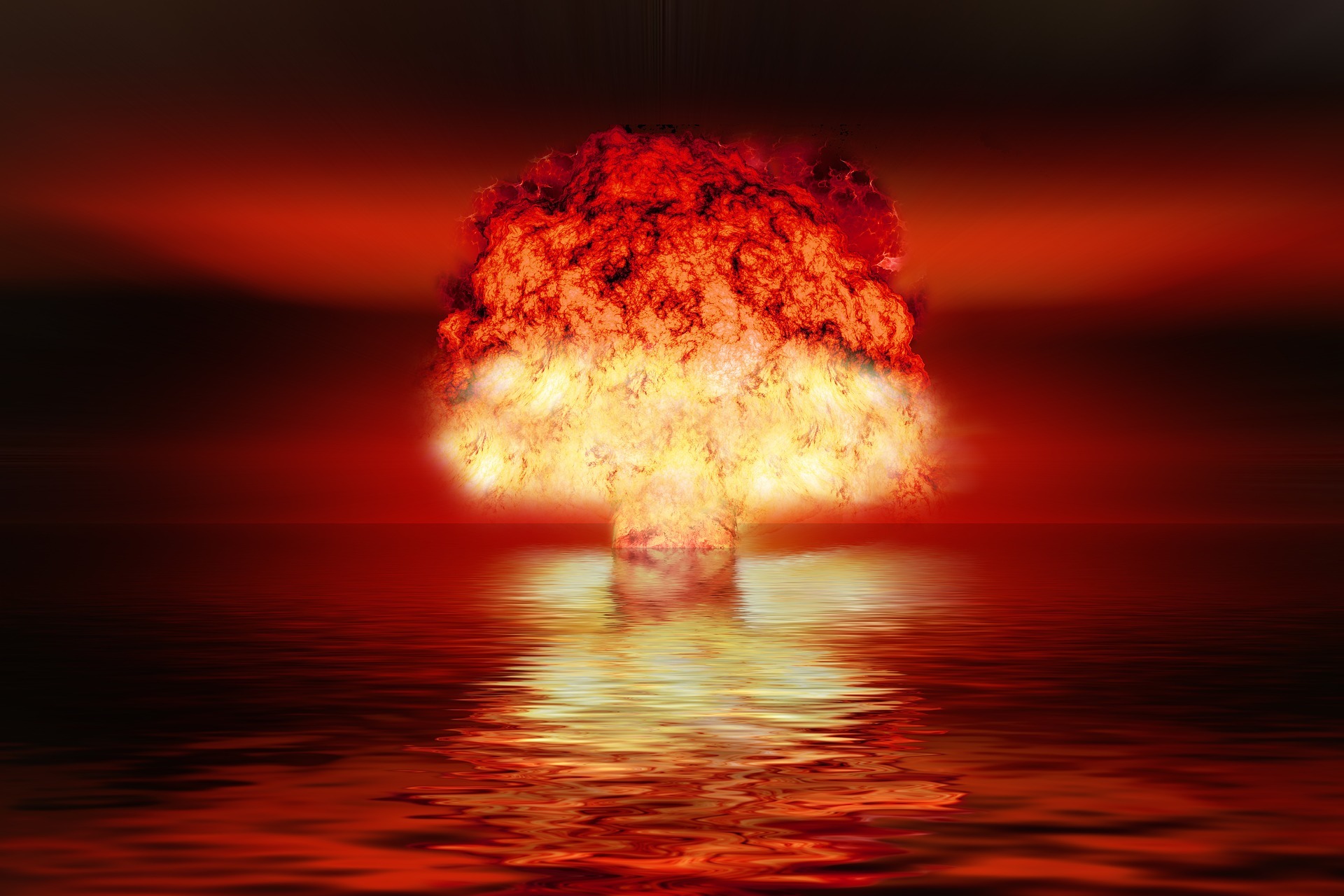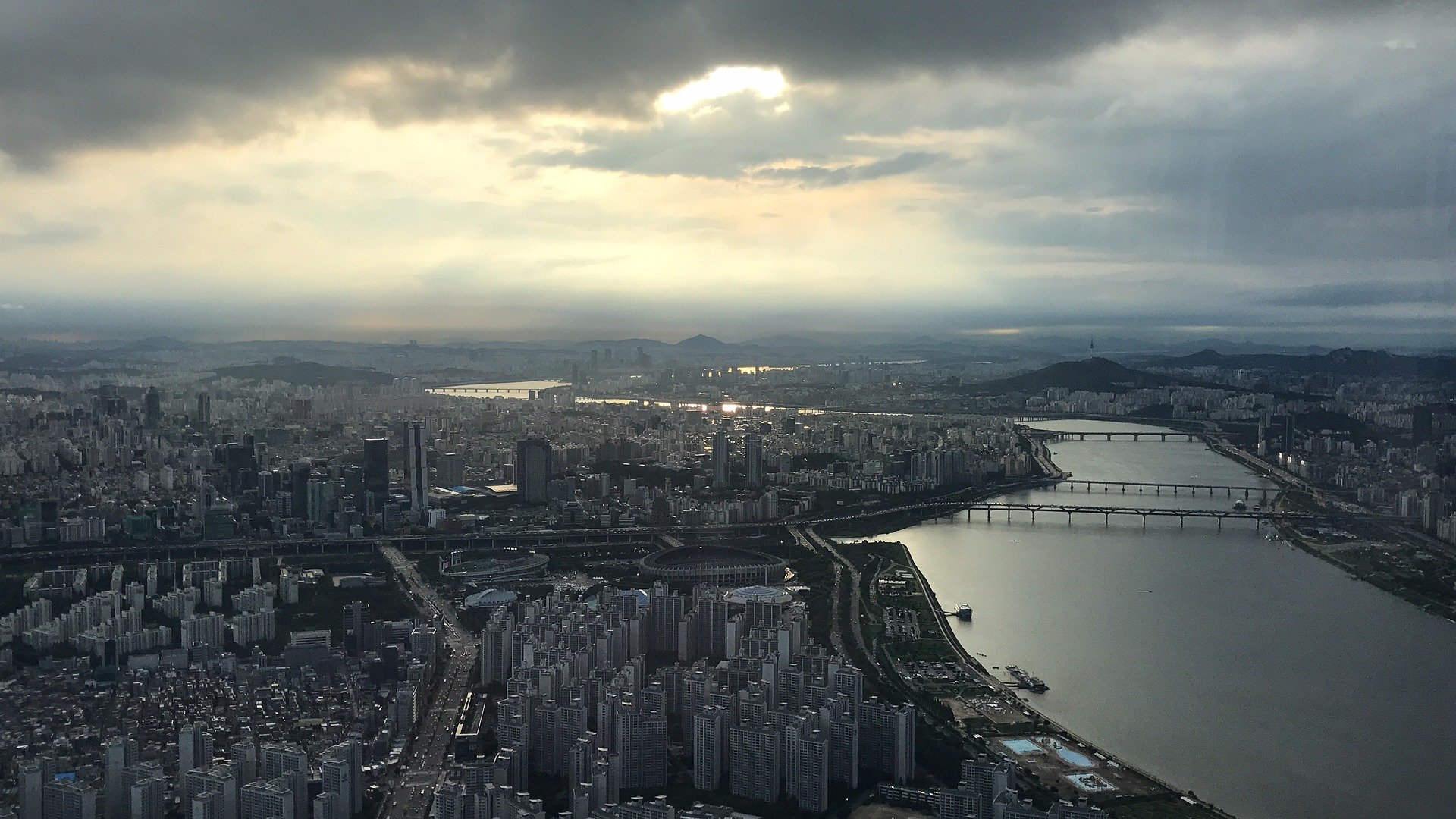The THAAD Deployment in South Korea: A Challenge and An Opportunity
Ever since the early days of the nuclear era, missile defense has been part of the strategic equation. The concept of intercepting an incoming warhead, be it delivered by an aircraft or a missile, has always been part and parcel of the defense strategy for countries possessing advanced military capabilities. In principle no one can object to a country’s development and deployment of such devices if their sole purpose is defence from incoming missiles especially when the latter carry a nuclear weapon. Such a development however inevitably unleashes an arms race, and adds to proliferation pressures, because the opponent of a country deploying such devices will probably develop such a defensive arsenal or dramatically increase its own offensive capabilities.
During the cold war, both the Soviet Union and the US subscribed to the Anti-Ballistic Missile (ABM) Treaty of 1972 to prevent such a scenario and to maintain their mutual vulnerability. This Treaty became a pillar of international peace and security. Believing that the ABM would prevent the US from developing more sophisticated missile or space defenses, the US, under George Bush junior in 2002, withdrew from the treaty and launched an ambitious missile defense program. Other countries started actively pursuing their own missile defense capabilities and the nuclear and missile arms race which we are witnessing today is, at least partially, a consequence of those events.
“THAAD” (Terminal High Altitude Area Defense) is one of the key components of the US missile defense architecture. As its acronym indicates, it is supposed to intercept ballistic missiles in the terminal stage of their trajectory. It is a land-based system deployed mainly to protect the US and its allies from a missile attack coming from countries like Iran and DPRK: it is not expected to counter the more robust arsenals of Russia or China.
The potentialities of missile defense have been studied very closely by the Republic of Korea, one of the countries most exposed to a possible missile attacks. During the tenures of South Korean Presidents Kim Dae-jung and Roh Moo-hyun in the early 2000s such an option was considered with skepticism because it was inconsistent with Kim’s Sunshine Policy based on a diplomatic rather than a military solution to the Korean crisis. It was also argued that, because of the proximity of the North/South border to the heart of the South Korean political, industrial system (in and around its capital Seoul) it would have been impossible to effectively defend the country -including US forces stationed in Korea-from a missile launch. In fact the DPRK does not need nuclear ballistic missiles, the system to be countered by THAAD, to hit Seoul. Ordinary artillery and short range conventional missiles would be sufficient (the DPRK air force is unreliable) to cause irreparable damage. The sole credible purpose of its emerging nuclear capability is deterrence.
This skepticism towards missile defense was modified under the subsequent conservative/nationalist presidencies of Lee Myung-bak and Park Geun-hye who basically endorsed the confrontational approach devised by the Bush administration towards the DPRK. In particular, in 2016, Mrs Park Geun-hye finally acquiesced to the US offer to sell and deploy the THAAD missile defence system in the Republic of Korea. At the end of her mandate in 2017, the first THAAD units were actually declared partially operational. It was later discovered that additional THAAD units had already arrived during the very last days of her presidency, in spite of the fact that the new President elect, Moon Jae-in, and those who had voted for him, had strong reservations vis-a-vis missile defense. One of the first decisions of the new President towards this “fait accompli”, was to suspend the deployment of THAAD in order to assess its environmental impact. However, this pause was short lived. The unprecedented escalation of tension caused by a prolonged tug-of-war between President Trump and the North Korean leader, obliged South Korea to reconsider its suspension and to include THAAD among the instruments to deter the DPRK.
Ever since the early days of the debate on missile defence in Korea, both China and Russia expressed their strong opposition to THAAD in general and to its deployment in the ROK in particular. Because such a deployment takes place not far from its borders, China was and is especially vocal in denouncing it. The new missiles themselves are probably not the main concern for Beijing. China is certainly aware that in principle its ballistic missiles would not be vulnerable to THAAD which is designed to intercept missiles during the terminal phase of their trajectory. China is probably more concerned by the radar component of THAAD which could indeed play a role as an early warning and prompt identification of possible ballistic missile launches against the US. The deployment of THAAD has become a major irritant in relations between Seoul and Beijing.
President Trump may be right in expecting stronger Chinese pressure on the DPRK: if he asks for Chinese support, in turn he must be more open to Chinese concerns such as THAAD. Its deployment, which is not irreversible, could become a useful bargaining chip in the context of a wider negotiation aiming at an effective denuclearization of the Korean peninsula. The deployment under President Reagan of US intermediate range missiles in Europe during the cold war led to the elimination of the Soviet missiles aimed at Europe – that was a powerful precedent for what might eventuate in Northeast Asia.
The recent breakthrough represented by the unexpected inter-Korean Olympic truce is a unique chance to reverse the tide of mutual insults and to address instead the legitimate interests of all parties including the issue of THAAD. In this scenario, no interests and no expectations are more legitimate than those of the Korean people, North and South, which, during an ordeal lasting over a century, have too often been neglected. The dialogue opened by the PyongChang Olympic games offers a golden opportunity to exit from the present quagmire. It must be universally supported and encouraged.
About the Author
Carlo Trezza was Italy’s Ambassador for Disarmament and Non-Proliferation in Geneva and Ambassador to the Republic of Korea. A former Chairman of the Missile Technology Control Regime, he also chaired the UN Secretary General’s Advisory Board on Disarmament Matters in New York and the Conference in Disarmament in Geneva.
Disclaimer: The opinions articulated above represent the views of the author(s) and do not necessarily reflect the position of the Asia Pacific Leadership Network or any of its members. The APLN’s website is a source of authoritative research and analysis and serves as a platform for debate and discussion among our senior network members, experts and practitioners, as well as the next generation of policymakers, analysts and advocates. Comments and responses can be emailed to apln@apln.network.
This was originally written for the Nuclear Threat Monitor.
Image: Wikimedia Commons.



